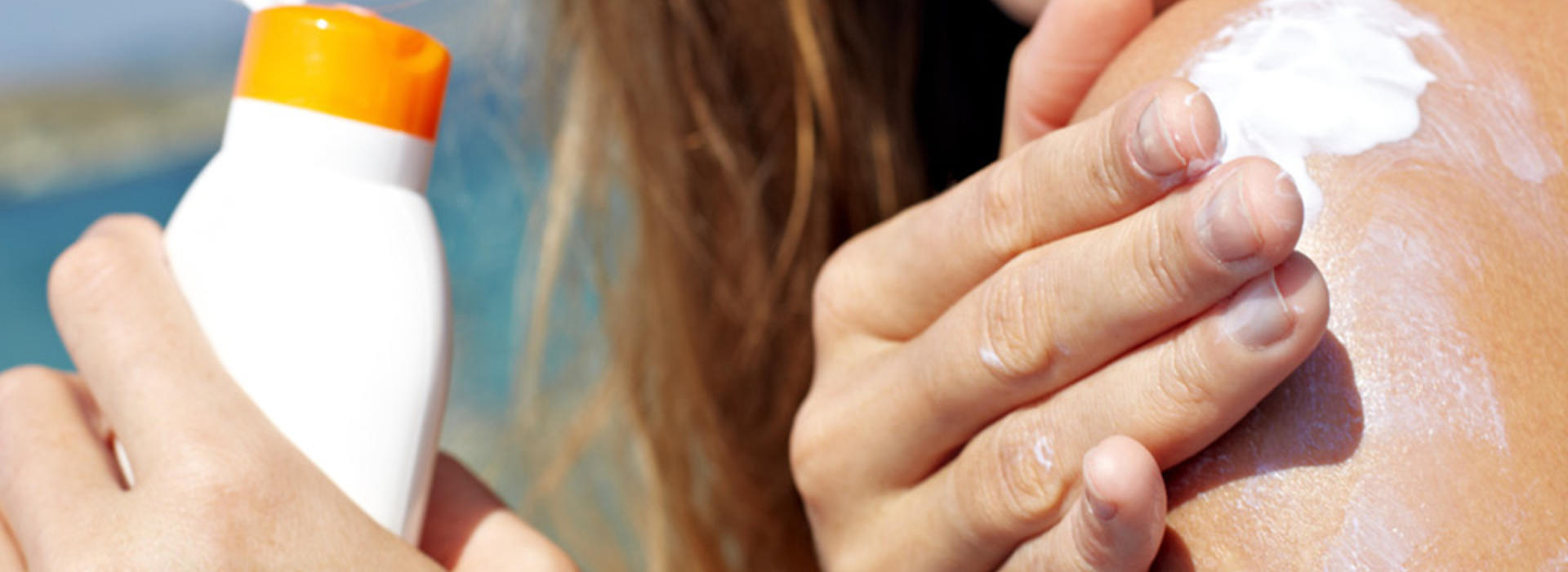
The Sunscreen You've Always Been Wearing
Before there were scientifically blended sunscreens with zinc oxide, titanium dioxide and oxybenzone, humans used clothes to avoid painful sunburn.
The science behind our threads, though, has come a long way, leading to the advent of a specific rating that tells buyers how well garments block ultraviolet (UV) rays. It’s called UV protection factor, or UPF for short.
“Clothing as sun protection is not a new concept. It was the main means of protecting skin before sunscreens were developed,” said Ingrid Polcari, MD, assistant professor within the Department of Dermatology at the University of Minnesota Medical School. “‘UPF is how a fabric is rated against photo-protection. It's similar to the concept of SPF used in sunscreens. Most dermatologists will recommend garments with UPF 50 or higher.”
Clothing is considered photo-protective if it lets very few UV rays through to the skin. Porosity of the fabric is a key metric in determining UPF. If a shirt has lots of space between the fibers, it will let UV rays through.
Chemistry of fabric is also another metric used in UPF rating. For example, the fibers in polyester absorb more UV rays than cotton, making it a better defense against sun damage. There are also certain dyes and chemicals that can be added to clothing fabrics that alter UV rays and enhance UPF.
Polcari said plain white cotton t-shirts offer hardly any protection. “They’re estimated to have a UPF less than 5. But if you dye that t-shirt blue, the UPF gets closer to 20.”
Because of its color, fabric and tight weave, denim has a UPF over 100.
The board certified pediatric dermatologist recommends her patients – and anyone who plans to spend time in the sun – should consider UPF rated clothing and swimwear. Numerous clothing companies, like Coolibar, UVSkins, Sunday Afternoons, Solumbra and others, have made a niche selling these protective garments. There are even special laundry detergents and sprays, like SunGuard and Ray Bloc, to boost the UPF of clothing.
But, she adds, if you have exposed skin, still lather-on a sunscreen with SPF 30 or higher to be fully protected.
“UPF clothing is great, but there’s no silver bullet when it comes to protecting against the sun. Use all available options and you’ll reduce the likelihood of developing skin cancer.”